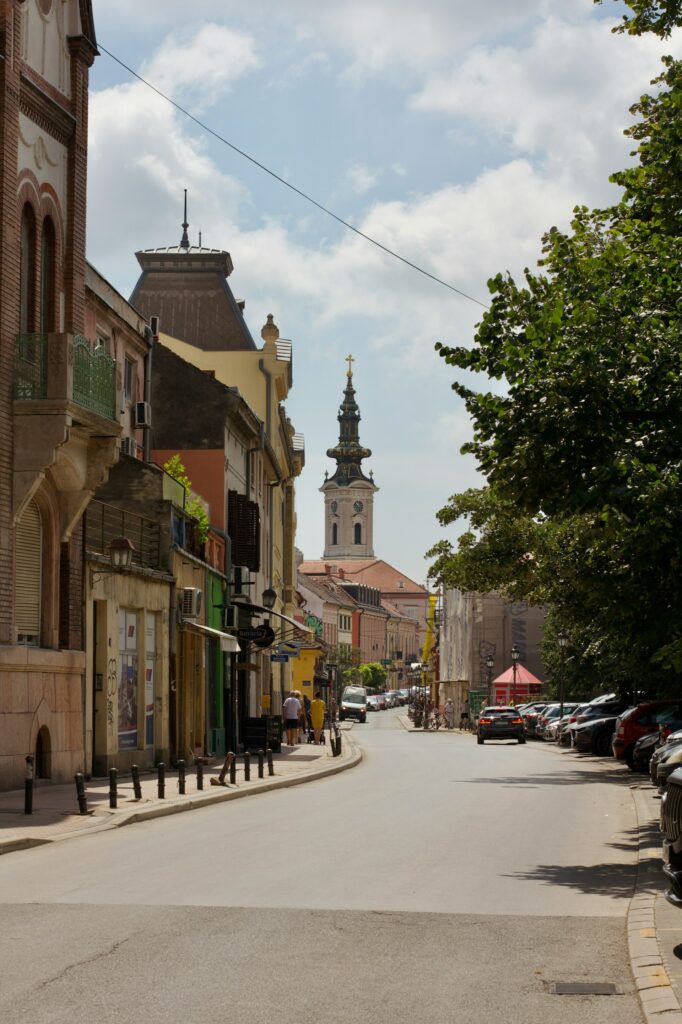Interrail in Serbia: the ultimate country guide 🇷🇸
- Amazing natural landscapes
- Great nightlife
- Excellent value
- Medieval architecture
- Good wine
Amazing natural landscapes
Great nightlife
Excellent value
Medieval architecture
Good wine
Table of contents 🇷🇸
Serbia overview
- Population: 6.7 million
- Capital: Belgrade
- Language: Serbian
- Currency: Serbian Dinar
- Dialling code: +381
Serbia, located in Southeast Europe, is a landlocked country in the Balkan Peninsula. Known for its rich history, vibrant culture, and scenic landscapes, Serbia offers a unique blend of Eastern and Western influences. The capital city, Belgrade, sits at the confluence of the Danube and Sava rivers and is one of Europe’s oldest cities. It’s renowned for its lively nightlife, historic architecture, and cultural landmarks such as the Belgrade Fortress and St. Sava Temple.
Serbia’s diverse topography ranges from the fertile plains of Vojvodina in the north to the mountainous regions in the south, including the Dinaric Alps and the Carpathian Mountains. The country is dotted with medieval monasteries, ancient ruins, and picturesque villages.
The Serbian people are known for their hospitality, warmth, and love of food and music. Traditional Serbian cuisine includes dishes like ćevapi, sarma, and rakija, a potent fruit brandy. Festivals and celebrations, such as Exit Festival and the Guča Trumpet Festival, highlight Serbia’s vibrant cultural scene.
With a complex history marked by periods of both turmoil and triumph, Serbia is a nation that proudly preserves its heritage while embracing modernity. Its blend of natural beauty, historical significance, and cultural richness makes it a compelling destination for travellers.
The top 3 cities to visit in Serbia
Belgrade
Visiting Belgrade, the capital of Serbia, is an immersive experience combining historical richness and modern vibrancy. Known for its lively atmosphere and diverse cultural scene, Belgrade sits at the confluence of the Danube and Sava rivers. The city’s history spans over two millennia, with evidence of Roman, Byzantine, Ottoman, and Austro-Hungarian influences visible in its architecture and culture.
Belgrade’s historic heart, the Kalemegdan Fortress, offers panoramic views over the rivers and is a testament to the city’s strategic importance over the centuries. Nearby, the bustling Knez Mihailova Street is lined with shops, cafes, and galleries, making it a popular spot for both locals and tourists.
St. Sava Temple, one of the largest Orthodox churches in the world, is an architectural marvel and a symbol of Serbian heritage. For those interested in contemporary culture, the Savamala district is a hub for art, nightlife, and dining, reflecting the city’s creative spirit.
Belgrade’s nightlife is legendary, with a range of options from floating river clubs, known as splavovi, to intimate jazz bars and vibrant nightclubs. The city’s cuisine is a flavorful journey, featuring traditional dishes like ćevapi and modern fusion creations.
Friendly locals, rich history, and a dynamic cultural scene make Belgrade a must-visit destination in the Balkans.
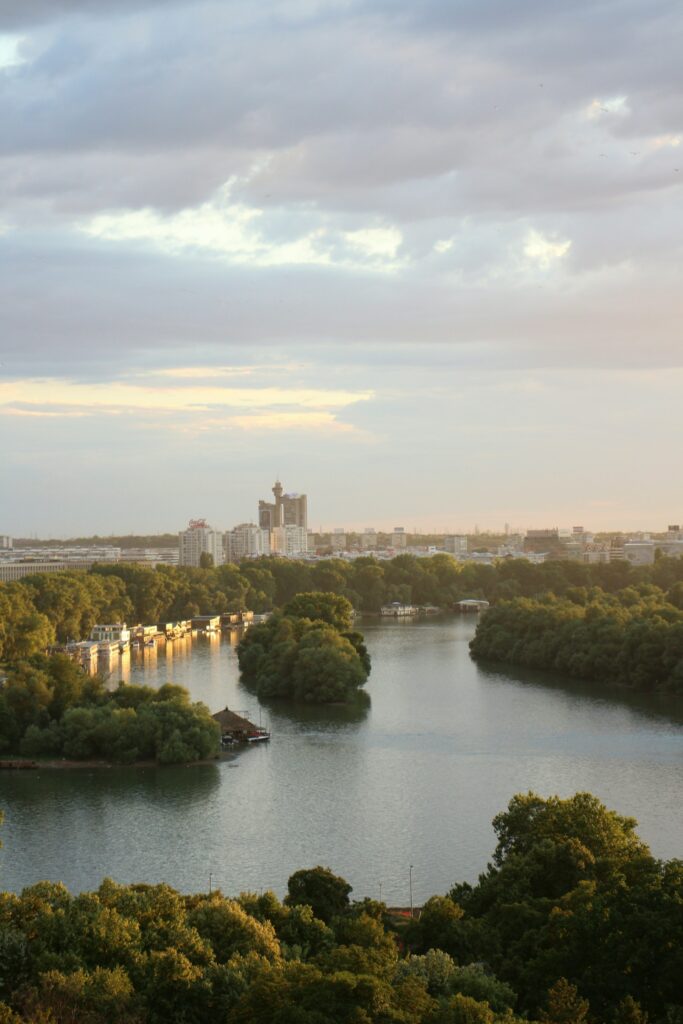
Novi Sad
Novi Sad, Serbia’s second-largest city, is a charming and vibrant destination located on the banks of the Danube River. Known as the cultural capital of Serbia, it boasts a rich history, diverse architecture, and a lively arts scene. The city is renowned for its annual Exit Festival, held in the historic Petrovaradin Fortress, which attracts music lovers from around the globe.
The Petrovaradin Fortress, often referred to as the “Gibraltar of the Danube,” is a must-visit landmark offering stunning views of the city and river. The fortress is a sprawling complex with underground tunnels, art studios, and museums, reflecting Novi Sad’s historical significance and creative spirit.
Strolling through the city, visitors can enjoy the vibrant atmosphere of the pedestrian-friendly Liberty Square, surrounded by beautiful 19th-century buildings and the impressive Name of Mary Church. Dunavska Street, with its charming cafes, boutiques, and galleries, provides a perfect blend of old-world charm and contemporary flair.
Novi Sad’s cultural life is enriched by numerous festivals, theatres, and galleries, showcasing both local and international talents. The city’s cuisine offers a delightful mix of traditional Serbian dishes and modern culinary creations, often enjoyed in the welcoming ambiance of riverside restaurants.
Subotica
Subotica, located in the northern part of Serbia near the Hungarian border, is a city known for its stunning Art Nouveau architecture and multicultural heritage. The city boasts beautiful buildings such as the Subotica City Hall and the Synagogue, showcasing intricate designs and vibrant colors.
Subotica’s diverse cultural influences are reflected in its rich history and vibrant community. The city’s central pedestrian zone, Korzo, is lined with charming cafes, shops, and historical landmarks, making it a perfect spot for a leisurely stroll. The nearby Palic Lake, a popular recreational area, offers opportunities for relaxation, boating, and enjoying the serene natural surroundings.
The city’s cuisine reflects its multicultural roots, featuring a mix of Serbian, Hungarian, and other Central European flavors. Festivals, such as the Palic Film Festival and various cultural events, add to Subotica’s lively atmosphere.
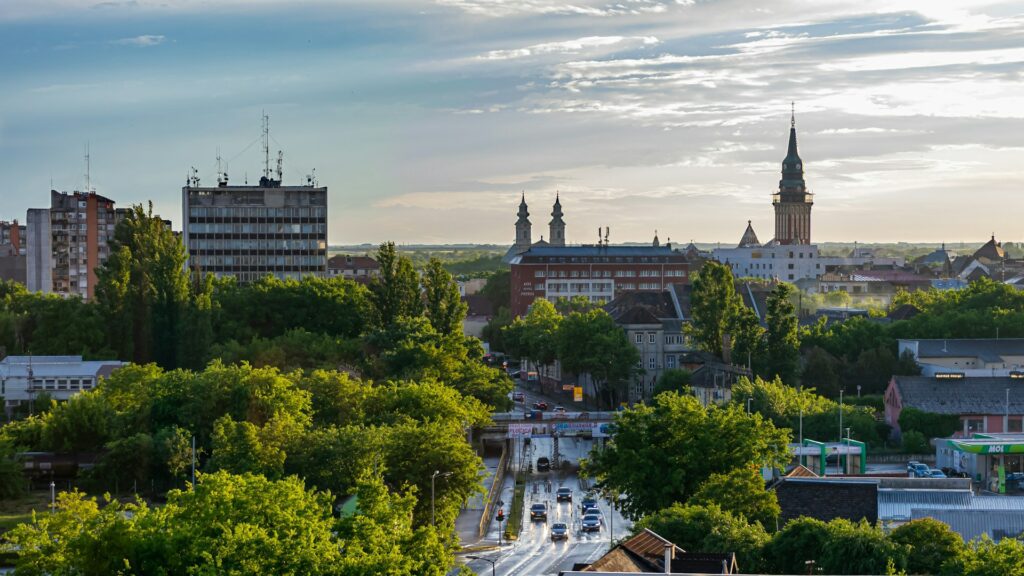
People who visit Serbia also visit...
Which Interrail pass do I need to travel around Serbia?
Interrail Global Pass
Interrail Serbia Pass
Do I need to make train seat reservations in Serbia?
Get unlimited travel on the Slovak rail network with your Interrail pass. Seat reservation is required on all InterCity trains. Most other domestic trains don’t require reservations in 2nd class. If you’re travelling 1st class, you will likely need a seat reservation.
More info on how to make seat reservations in Serbia.
Where to stay in Serbia
Up Hostel, Belgrade
Read more about Serbia on our blog
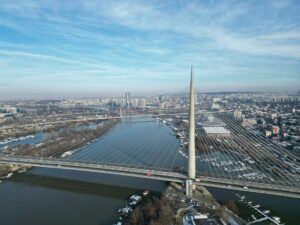
Interrailing in Serbia: Where to Go and What to See
If you’re an interrailer looking to uncover the less-trodden paths of Europe, Serbia should definitely be on your radar. Often overlooked in favour of more
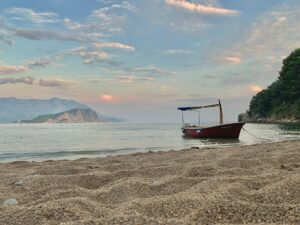
The Top 10 Off The Beaten Track Interrail Destinations To Go To In 2023
When you think of interrailing, you might initially think of going to the stereotypical travel destinations such as Rome, Paris or Berlin. But there are

An Interrail Adventure – Blog 4: Belgrade
When I last updated this blog, I was sat in a cafe in Nis waiting for a later-than-expected train. Where am I now you ask?
